
Retreading
Retread: Renewed and Ready.
Say goodbye to worn-out tyres — and hello to renewed performance with retreading. It’s a technical process of precision and craftsmanship that breathes new life into your old tyres, so you don’t have to buy new ones. Proper retreads can extend the life of a tire up to 3 times Give your vehicle the green light with retreaded tyres.
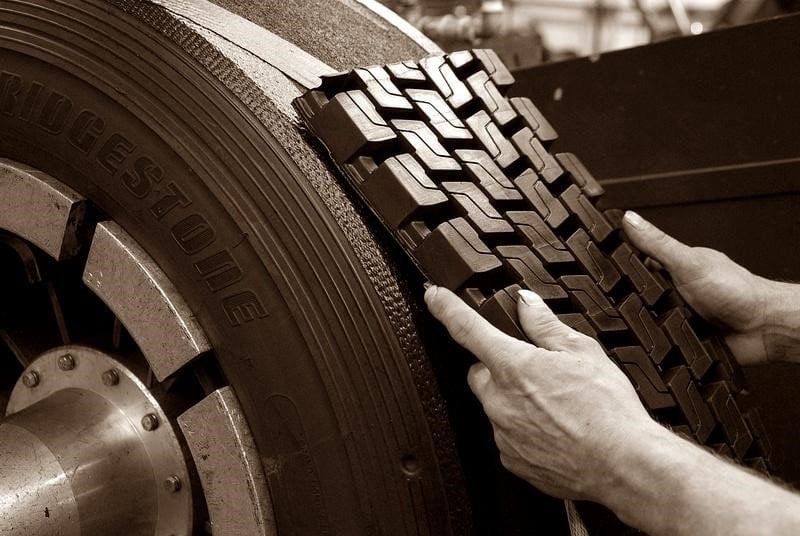
Why retreading
1. Saving the ecosystem Retread. Reuse. Reduce
Retreading your truck or bus tyres saves 15 gallons of oil per tyre — that’s 22 gallons consumed during tyre manufacturing versus just 7 for retreading. It’s an easy way to reduce your carbon footprint and keep the planet rolling!
Retreading also means lesser number of casings and lesser rubber on roads resulting in lesser carbon footprints. We must be mindful of land pollution caused by landfills full of scrap casings. One way to reduce these landfills is to minimize the number of scrap casings by reusing them through retreading. So next time when you choose to retread your old tyre, remember the good you are doing to our environment.
To Summarise-
- Reduce landfills with used casing
- Maximising the use of available resources to fullest
- Saving scarce resources
- Taking a leap to save and protect nature
2. A Cost-Saving Solution.
Are you looking for a way to reduce your fleet’s operational costs? Retreading is the answer. It’s scientifically proven to be as good as new tyres, and it costs only a fraction of the price — as low as 30%. Plus, retreaded tyres can help lower your cost-per-kilometer (CPKM).
To Summarise-
- A third of a price of a new tyre*
- Lower your CPKM drastically*
- Safe and tough treads for long journeys*
- Mileage as much as a new tyre*
- Eliminating old casings from warehouses*
*Based on reports and study from reputed organisations. Actual data may vary based on the tyres, terrain and usage conditions.
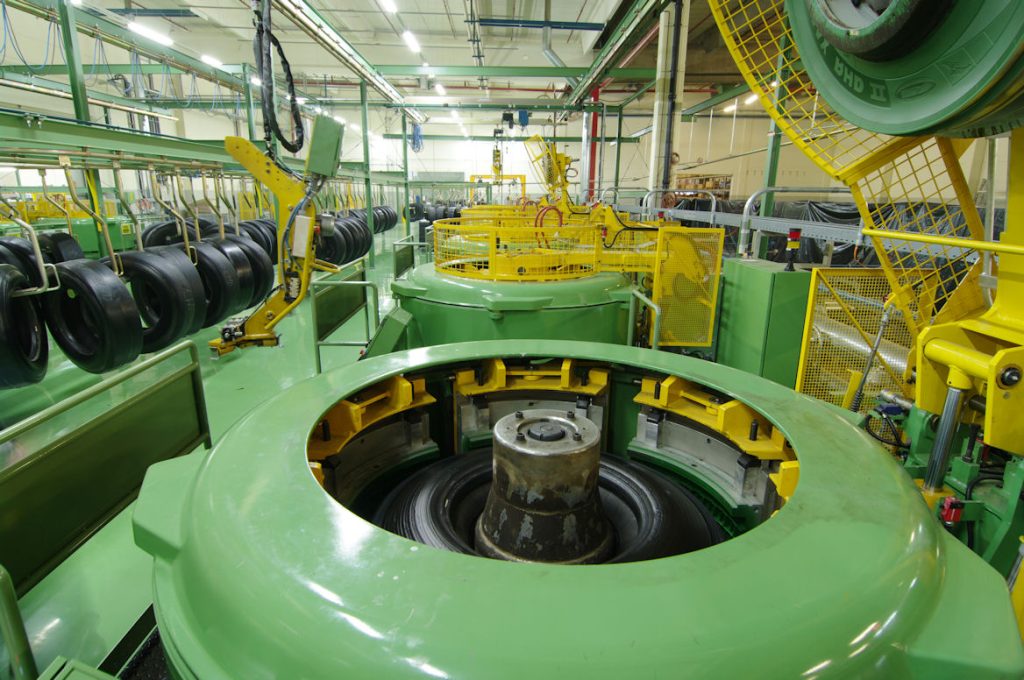
Myths about retreading
Busting the myths about retreaded tires. It’s time to set the record straight on retreaded tires: they’re just as safe, reliable, and capable of cruising at highway speeds as new ones. Plus, strict standards established by our QC team ensure that each belt of rubber is up to par — so you can drive with confidence knowing your rubber is road-ready.
1. RETREAD TIRES ARE SAFE, LEGAL AND SMART
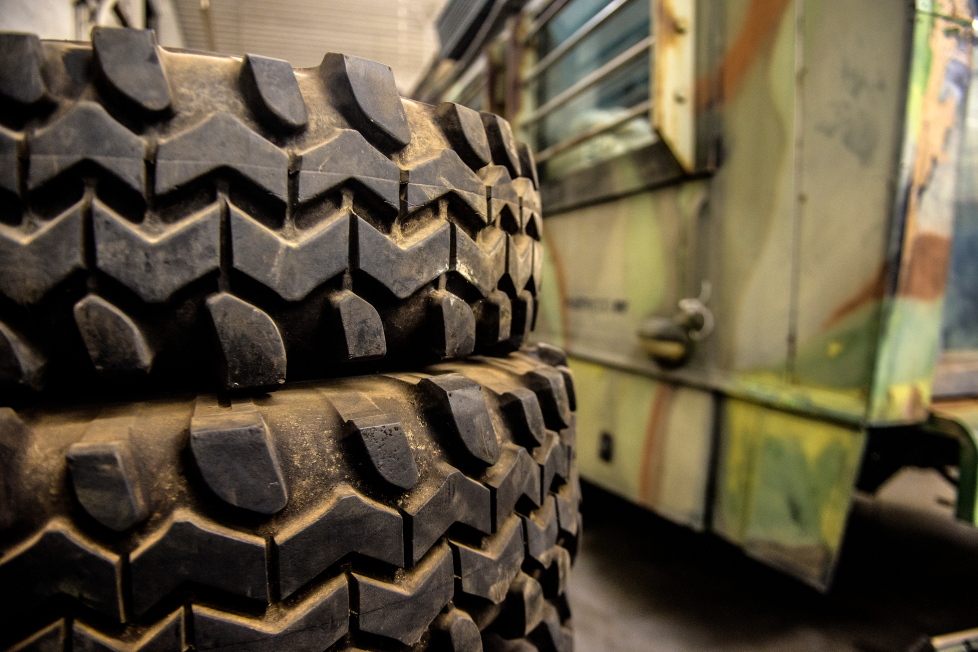
It is clear: retread tires are safe, legal and a smart choice for fleets. Work with trusted tyre retreaders who follow meticulous processes and have uncompromising standards for quality and safety.
They are widely used worldwide in commercial activities, from school buses and ambulances to airplanes and military vans.
2. Retreads lasts as much as a new tyre
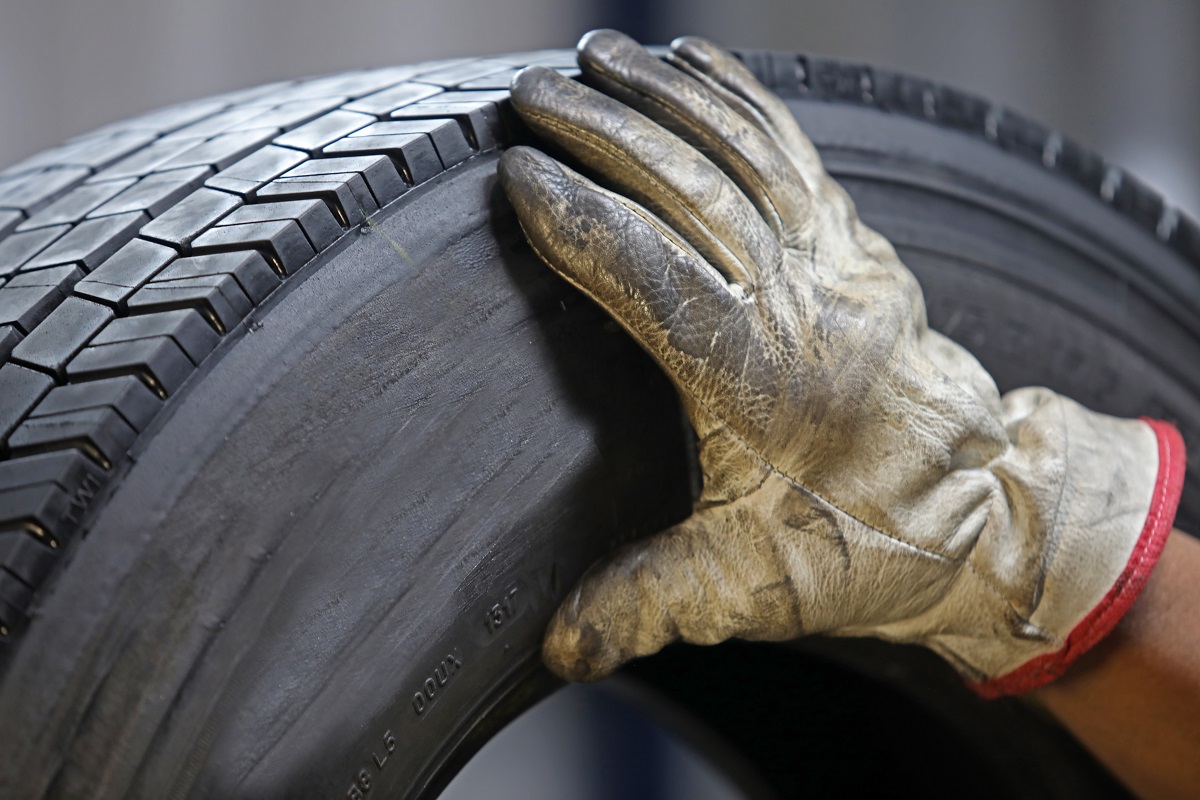
Retreads are just as reliable and long-lasting as a new tire, with proper care and maintenance. They’re ready for any road condition or speed that a new tire can handle — so you can keep rolling in confidence every time you hit the pavement.
Retreaded tyres can perform just as well as new tyres if the right tread pattern, rubber compound, and retreading process are used.
How to maximise retread performance
Maintaining a retread tire is essential to ensure its safe usage and extend its life. This includes proper inflation, weather preparation, checking tread depth, and ensuring the tires are properly aligned.
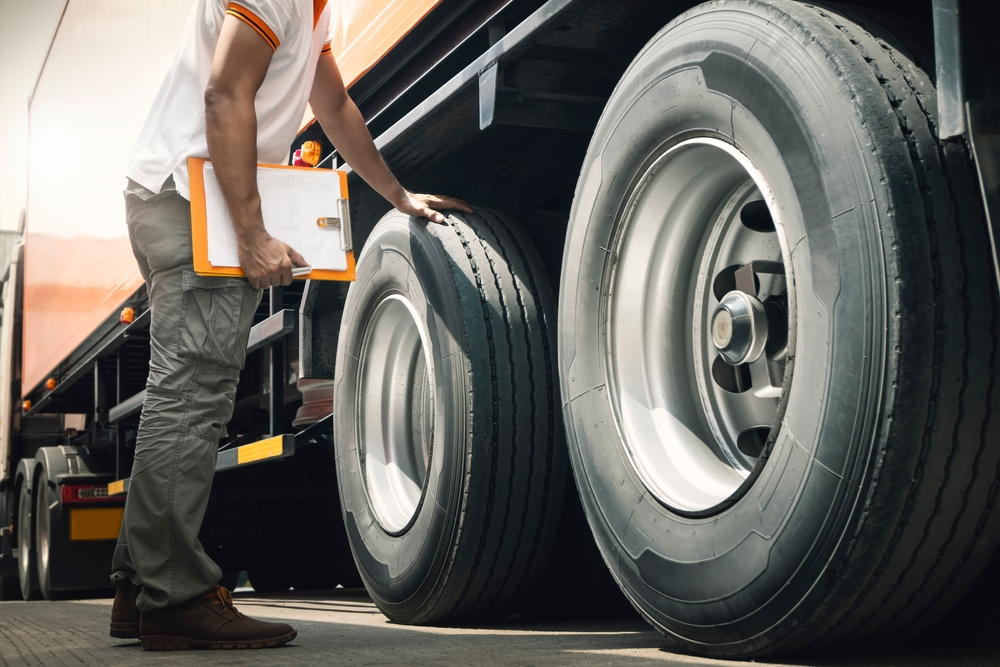
- To maintain proper tire inflation it is important to check the pressure before each trip and top off if they dip below the manufacturer’s recommended PSI.Hot temperatures and hot road services can create irregular wear patterns while colder temperatures can gradually decrease tire pressure which impacts fuel economy, tread life, and overall safety on the road.
- It is also vital to routinely check for uneven wear patterns or improper tread depth as this can shorten how long a retread will last as well as lead to issues on the road that put drivers at risk of danger. When these signs do appear you may need to consider retreading again in order for them to be safe for use once more.
- Misaligned tires can reduce their lifespan significantly so it’s important that your truck’s tires are regularly checked for alignment problems too – any irregular wear should be taken seriously as an indicator that something isn’t right with their positioning.
- Last but the most important retreading material involves rubber products used to create a new tread pattern, bond it with the old casing and ensure proper curing. The right tread pattern must be chosen based on vehicle type, axle, load condition and road application. Tread compounds must also be selected carefully to provide optimal performance for the specific needs of fleet owners
